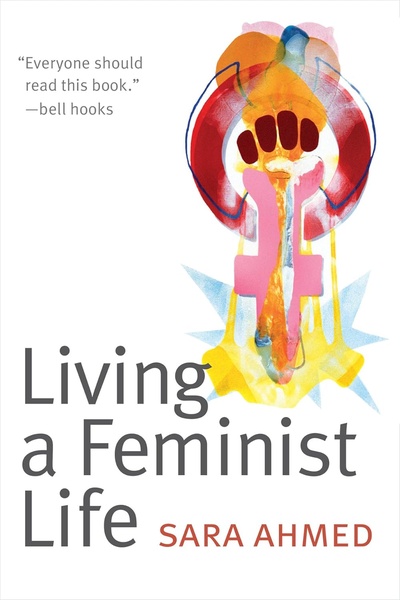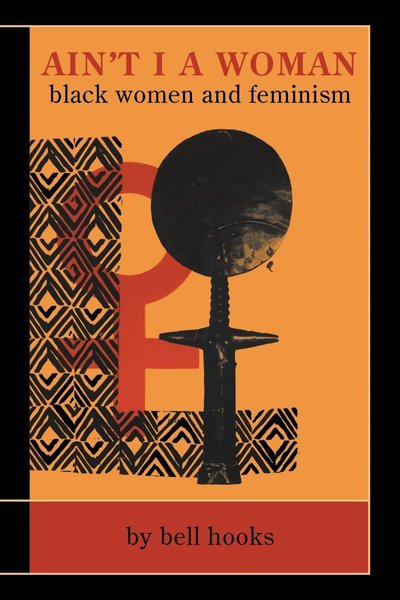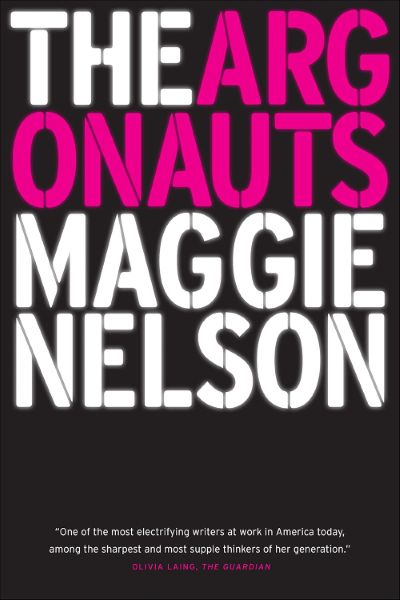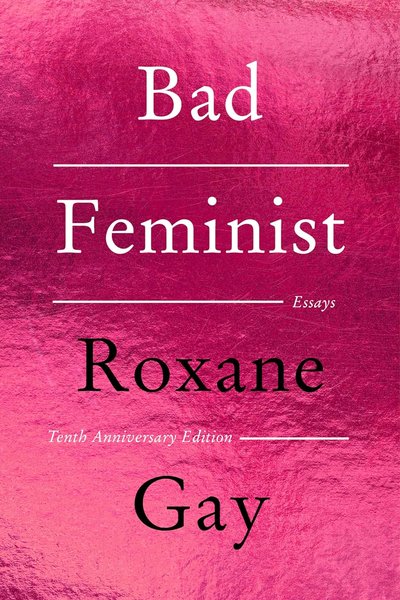Living a Feminist Life
This work demonstrates how feminist theory emerges from everyday life, exploring the revolutionary potential of the 'feminist killjoy' figure. Ahmed combines affect theory, queer phenomenology, and intersectional feminism to analyze how feminists become estranged from worlds by naming problems, and create survival strategies to cope with the walls of racism and sexism.

📝 Book Review
In 2017, Sara Ahmed published “Living a Feminist Life,” which became Duke University Press’s best-selling book of the past decade. By intimately connecting feminist theory with everyday life experiences, Ahmed demonstrates how theory grows from the feeling of skin, how insights emerge from bodily collisions. As a British-Australian scholar, Ahmed combines phenomenology, affect theory, and feminist of color traditions to create a philosophy of feminist practice that is both deeply personal and universally theoretical.
The Birth of the Feminist Killjoy
The “feminist killjoy” is the central figure in Ahmed’s theory. This concept first appeared in her 2010 work “The Promise of Happiness,” alongside the “unhappy queer,” the “angry black woman,” and the “melancholic migrant,” challenging Western society’s compulsory pursuit of happiness.
The feminist killjoy is the one who disrupts harmonious atmospheres by pointing out problems. The one who identifies racist jokes at family dinners, who questions gender bias in work meetings, who refuses to remain silent in social situations. Their very existence challenges the established order.
Ahmed writes: “To kill joy is to open a life, to make room for life, to make room for possibility, for chance.” This “killing of joy” is not destruction but creation—creating new spaces for existence, new ways of being, new forms of relationships.
Becoming a killjoy comes with costs. You are seen as the source of the problem rather than the one pointing it out. You are accused of being oversensitive, overthinking, making mountains out of molehills. Your anger is pathologized, your critique personalized. Yet it is precisely through becoming a problem that feminists gain insight into power structures.
The Cultural Politics of Emotion
Ahmed’s affect theory challenges the notion that emotions are purely personal and internal experiences. She demonstrates how emotions operate as social forces, shaping bodily movements and spatial organization.
Happiness in Ahmed’s analysis functions as “social pressure.” Certain objects are marked as “happy objects”—heterosexual marriage, nuclear family, career success. We are directed toward these objects, expected to derive happiness from them. Those who turn in other directions—queers, feminists, racialized others—are seen as threats to happiness.
Anger is another key emotion. Feminist anger is often dismissed as irrational, excessive, or misplaced. But Ahmed argues that anger is an epistemological resource. Through anger, we recognize what is unacceptable, what needs to change. Anger is not an obstacle but a path to justice.
Emotions have stickiness—they attach to certain bodies, causing these bodies to be read in particular ways. Black women are read as angry even when they are not angry. Feminists are read as serious, humorless, resentful. This emotional attribution becomes a mechanism of control and exclusion.
Body Phenomenology and Spatial Politics
Ahmed’s phenomenological approach focuses on how bodies orient and are oriented in space. Certain bodies feel “right” in certain spaces, while other bodies experience friction, resistance, or violence.
Institutional spaces are white, male, heterosexual. When other bodies enter these spaces, they encounter “walls”—invisible but perceptible barriers. These walls are not merely metaphorical; they are experienced at the bodily level: tension, exhaustion, a constant state of alertness.
Ahmed describes the experience of being “stopped.” When you try to raise issues of sexism or racism, you are stopped. When your contributions are ignored or credited to others, you are stopped. When you must constantly justify your presence, you are stopped. The cumulative effect of being stopped is depletion.
Yet hitting walls is also knowledge production. Through encountering resistance, we learn how power operates, how space is organized, who is allowed to inhabit comfortably. Walls become “the starting point for feminist inquiry.”
Survival as Resistance
Facing continuous resistance and hostility, survival itself becomes an achievement. Ahmed explores how feminists create “survival strategies” to sustain themselves.
Support systems are crucial. Feminists create informal networks to share experiences, validate feelings, provide practical help. These “killjoy networks” become lifelines for surviving in hostile environments. They provide alternative affective economies where anger is understood, exhaustion acknowledged, resistance celebrated.
Self-care is not personal indulgence but political necessity. When your very existence is struggle, sustaining yourself is sustaining the struggle. This includes recognizing your limits, knowing when to withdraw, allowing yourself rest and recovery.
Ahmed also explores “willful subjects”—those who persist in their path even if it means being seen as stubborn, difficult, or uncooperative. Will becomes a way of maintaining direction under pressure, a way of refusing to be redirected to normative paths.
The Embodied Practice of Intersectionality
While intersectionality has become a key concept in feminist theory, Ahmed shows how it is embodied and experienced in everyday life. Different forms of oppression are not separate but mutually constitutive, experienced simultaneously at the bodily level.
A Black woman’s experience in predominantly white institutions cannot be reduced to racism plus sexism. Her gender is racialized, her race is gendered. She faces specific stereotypes, expectations, and forms of exclusion that arise from the particular intersection of race and gender.
Ahmed critiques how diversity work often becomes individual responsibility—typically falling on those already marginalized. People of color are expected to educate white colleagues, women are expected to solve gender inequality, queers are expected to make institutions more inclusive. This “diversity work” is additional, unrecognized, depleting labor.
True intersectional practice requires recognizing how different struggles connect. It requires showing up for issues that don’t directly affect you, recognizing that your liberation is linked to others’ liberation.
Feminist Pedagogy
Ahmed views teaching as a central site of feminist practice. The classroom becomes a space where theory meets life, where students bring their experiences that in turn shape theory.
She critiques the tendency to separate theory from practice, academia from activism. For Ahmed, “theory can do more the closer it gets to the skin.” The best theory emerges from everyday experience and is useful for everyday life.
Feminist pedagogy involves creating space for marginalized voices to be heard. It means questioning knowledge hierarchies, recognizing multiple forms of expertise. It requires willingness to be changed by students, recognizing education as a mutual process.
Ahmed also explores how institutions constrain feminist pedagogy. Curriculum requirements, assessment methods, institutional culture can all conflict with feminist approaches. Feminist teachers often must navigate between institutional demands and feminist commitments.
Citation Politics and Knowledge Production
Ahmed critically examines academic citation practices. She shows how citations reproduce exclusions—certain voices are amplified while others are marginalized. Mainstream (white, male) theorists are over-cited while women of color’s contributions are ignored or appropriated.
She advocates for “citation politics”—consciously citing marginalized voices, acknowledging the genealogies of our thought, refusing to participate in erasure. This is not just about giving credit but about how knowledge is legitimated, who is considered a theorist.
Ahmed’s own work embodies this citation politics. She extensively cites feminists of color—Audre Lorde, bell hooks, Sara Lawrence-Lightfoot, Cherríe Moraga, and others—demonstrating how her thinking builds on their work.
The Killjoy Survival Kit
“Living a Feminist Life” concludes with two practical tools: the killjoy survival kit and the killjoy manifesto. These translate theoretical insights into practical resources.
The survival kit includes:
Books: Those that help you understand your experiences, provide company and inspiration. Ahmed emphasizes the importance of building a feminist archive—collecting texts that sustain your feminism.
Things: Objects with personal significance, things that remind you who you are and why you struggle. These might be photographs, gifts, talismans—material objects that help you persist through difficult times.
Tools: Practical resources and strategies. This includes self-care practices, coping mechanisms, ways of handling conflict and confrontation.
Time: Setting aside time for yourself, creating space for recovery, reflection, and recharging. Recognizing that feminist work is a marathon, not a sprint.
Life: The life you’re fighting for, the world you want to create. Maintaining a vision of possibility even in the face of seemingly overwhelming obstacles.
The Killjoy Manifesto
The killjoy manifesto is a mission statement for intersectional feminism. It includes commitments such as:
- I am willing to disturb the scene of happiness
- I am willing to be seen as the cause of a problem
- I am willing to support other killjoys
- I am willing to transform understandings of anger
- I am willing to learn from the world I am trying to change
This manifesto is not dogma but invitation—an invitation to embrace killjoy identity, to find strength and solidarity within it.
Institutional Critique and Academic Labor
Ahmed’s critique of academic institutions comes from insider experience. She resigned from Goldsmiths, University of London in 2016 in protest of the institution’s handling of sexual harassment allegations. This decision embodied her theoretical commitments—sometimes feminism requires withdrawing from complicit institutions.
She analyzes how universities become “institutions that are able to contain problems without solving them.” Diversity policies, gender equality initiatives, anti-racism statements—these often become performances that substitute for actual change. Institutions learn to “say the right things” without changing their fundamental structures.
The precarity of academic labor disproportionately affects women, particularly women of color. Temporary contracts, overwork, expectations of emotional labor—these create conditions that make feminist work difficult to sustain.
Global Resonance and Translation
While Ahmed writes primarily about Anglo-American contexts, her work resonates globally. The feminist killjoy figure has been adopted and adapted by feminists in different cultural contexts.
In Latin America, the “aguafiestas feminista” has become a rallying cry for challenging machismo culture. In South Asia, the killjoy concept dialogues with existing traditions of resistance. In East Asia, it provides language for understanding the “emotional labor” feminists face.
However, translation is not merely linguistic. Different cultural contexts have different affective norms, different concepts of happiness, different forms of resistance. Ahmed’s framework must be adapted to local conditions, put in dialogue with local feminist traditions.
Critiques and Debates
Ahmed’s work has also generated important critiques:
Some argue that her focus on survival might lead to defeatism—if we’re always surviving, how do we envision and work toward radical transformation?
Others question whether the killjoy figure reinforces stereotypes that feminists are unhappy and angry. Ahmed responds that embracing these affects is necessary for refusing the “happiness turn.”
There are also debates about her decision to leave academia. Some argue that feminists need to stay within institutions to change them from within. Ahmed argues that sometimes withdrawal is the only ethical choice.
Contemporary Significance and Legacy
In the #MeToo era, Ahmed’s analysis of sexual harassment and institutional complicity is particularly relevant. She shows how institutions protect perpetrators, silence victims, maintain structures that enable abuse.
The COVID-19 pandemic has exposed many of the inequalities she describes—whose lives are considered worth protecting, who is expected to perform care work, who bears the burden of crisis.
Her analysis of emotional labor and diversity work provides tools for understanding contemporary debates about workplace equity. Recognizing the invisible work done by the marginalized is crucial for creating genuinely inclusive spaces.
Conclusion: Life as Feminist Practice
“Living a Feminist Life” is ultimately about how feminism is not something you have but something you do. It is daily practice, ongoing commitment, lifelong orientation.
Ahmed shows how theory emerges from life, how life embodies theory. By becoming killjoys, we not only critique the world but create possibilities for new worlds. By surviving, we not only endure but resist. By supporting each other, we build structures that make feminist life possible.
Her work reminds us that feminism is a collective project. No one can be a feminist alone. We need each other—to share stories, validate experiences, provide support, create networks. In this collectivity lies feminism’s strength and hope.
As Ahmed writes: “To become a feminist is to find new ways of learning, new ways of thinking and being.” It is a process of continual becoming, a way of remaining open to being changed by the world even as we seek to change it. In this openness, in this willingness to be a killjoy, lies the radical potential of a feminist life.
Book Info
Related Topics
🛒 Get This Book
 Buy on Amazon
Buy on Amazon Related Books
Book Discussion
Share your thoughts and opinions on this book and exchange insights with other readers
Join the Discussion
Share your thoughts and opinions on this book and exchange insights with other readers
Loading comments...


